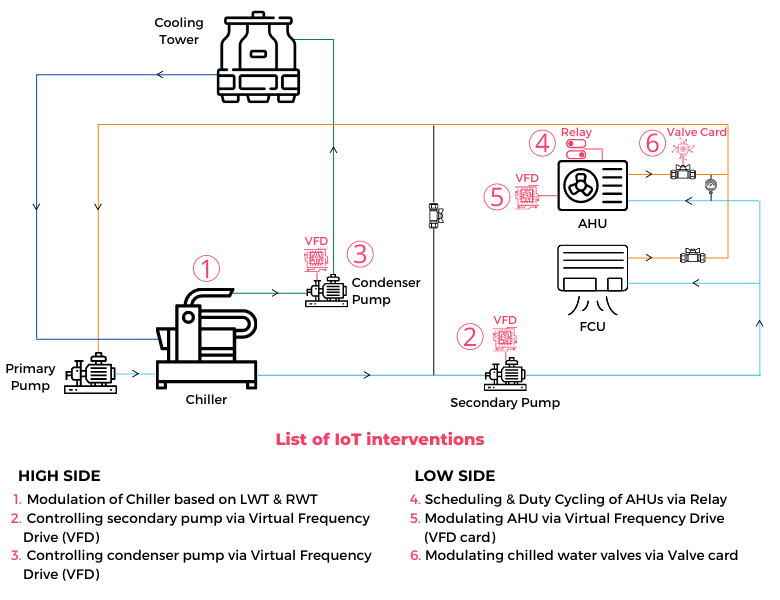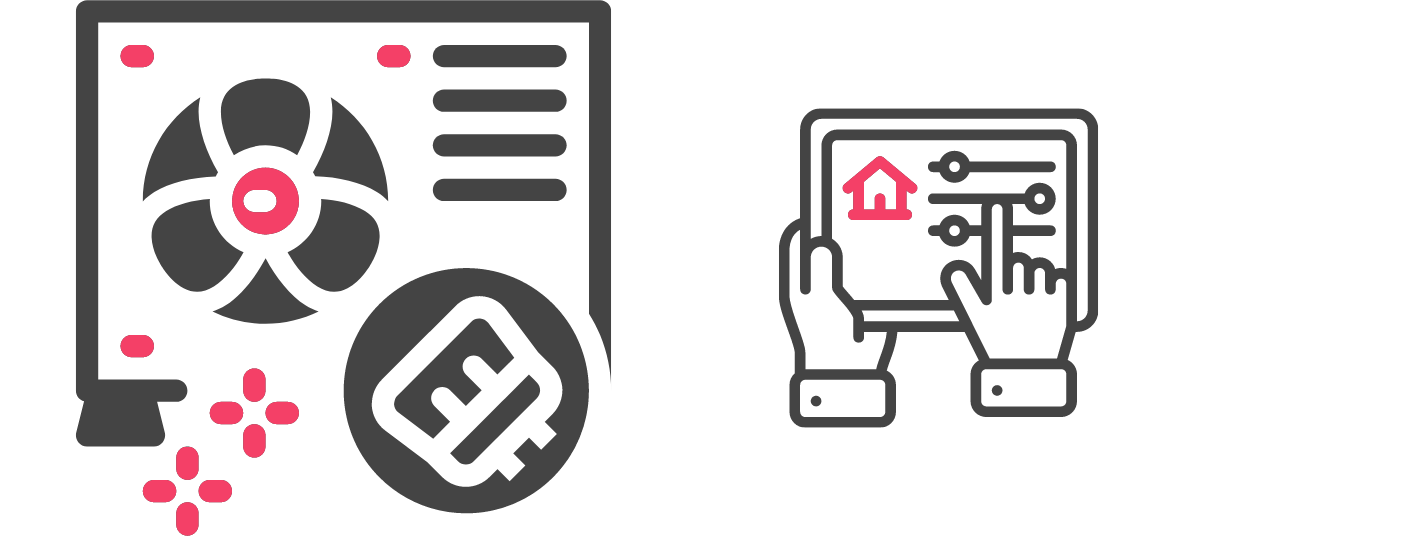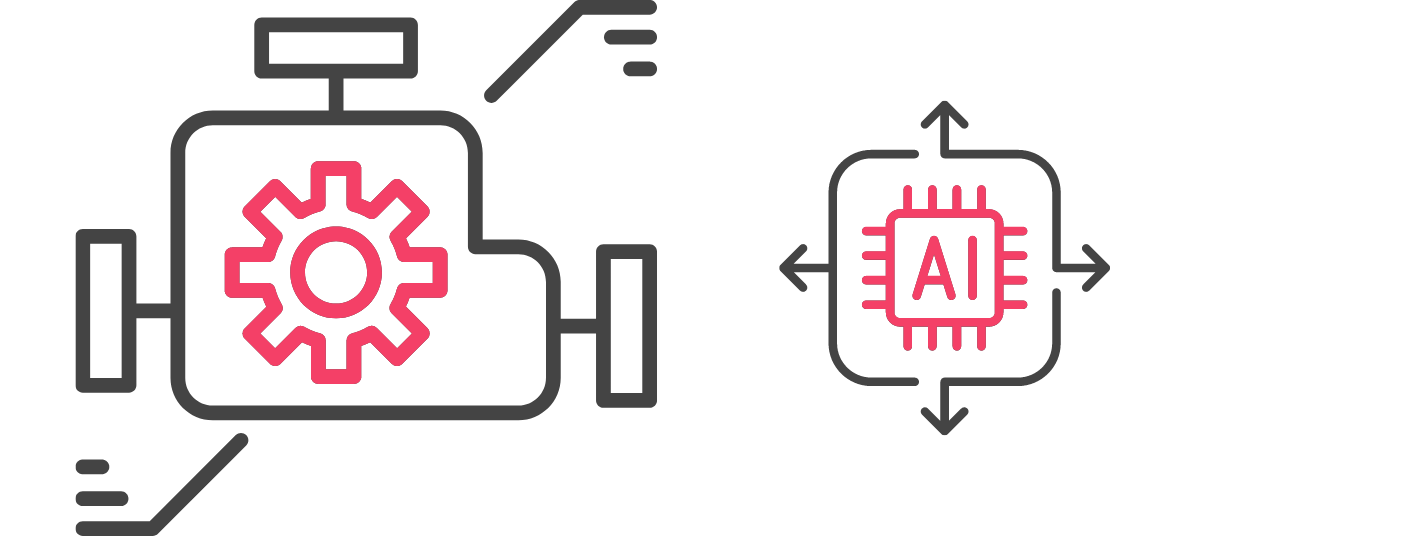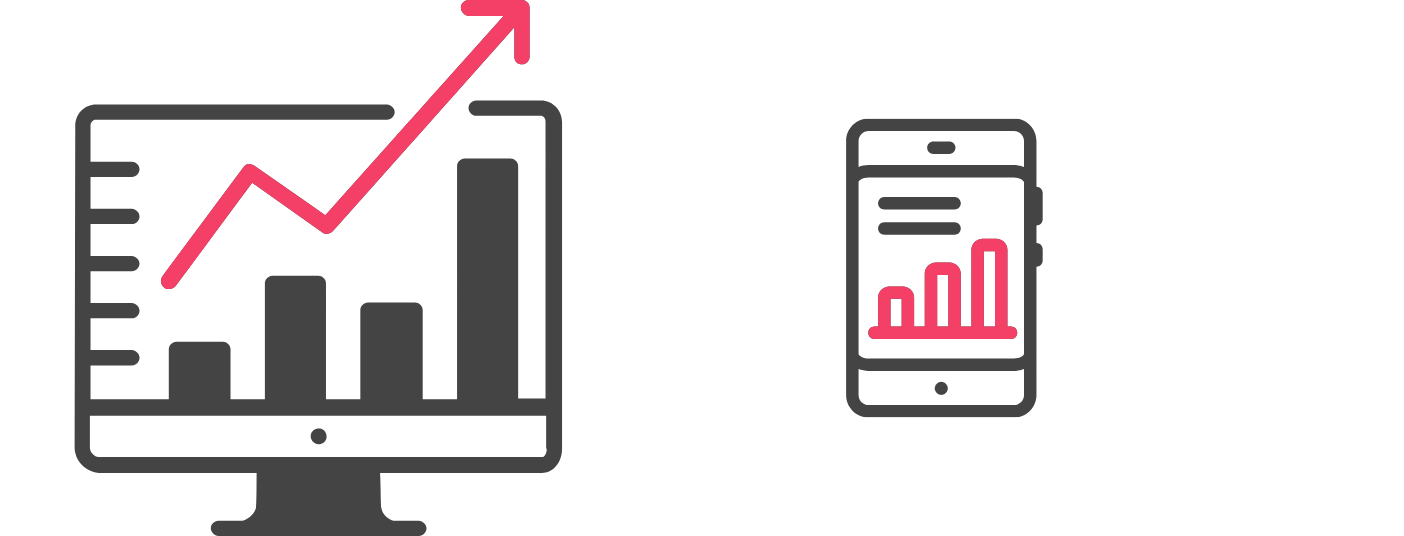Keep up with the latest IoT-based building automation, and follow us on LinkedIn!
HVAC systems have always been dubbed “energy guzzler” for obvious reasons. As a result, the concept of smart HVAC was introduced, and it has now evolved even further as a result of the IoT. HVAC control systems have advanced beyond simple thermostat programming to include a variety of sensors. It delivers data to the cloud for processing, allowing for energy savings and optimal occupant comfort through automation, predictive maintenance, digital ticketing workflows, and remote asset monitoring. With IoT intervention in your HVAC systems, you can save up to 10% on your energy costs while increasing occupant comfort. But before we get there, we need to quickly understand, at a high level, what IoT is and how it works.
What is the Internet of Things (IoT) & how does it work?
The Internet of Things (IoT) refers to a system of interrelated, internet-connected objects that are able to collect and transfer data over a network without human intervention.
A complete IoT system usually has four aspects – sensors/devices, connectivity, data processing and user interface.
- Sensors/Devices: These are the physical devices that can collect data and/or that can act as per instructions. A very basic example can be a temperature sensor that collects and sends the temperature data of an area.
- Connectivity: As mentioned above, the temperature sensor collects and sends data to the cloud. There are a lot of methods to do that like cellular, WiFi, Bluetooth, BACnet, etc. connecting via a gateway to the internet.
- Data Processing: The data sent to the cloud is then processed to make sense of it. It can be as simple as processing the temperature data collected from the sensors to check whether it’s in the acceptable range or not. Now, what happens if the ambient temperature of an area is not in the permissible range? That’s where the next component comes into play.
- User Interface: The processed data is then presented on an interface that is used by a user. It can be presented in the form of an alert which can be sent via a notification on email, text etc. to take corrective actions for maintaining the right temperature.
This path is not limited to one way only. Instructions or data requests can also be sent via the user interface remotely to the devices/sensors in the picture. In this example, the user can adjust the temperature of that particular area via the user interface. Moreover, such systems can also be automated based on predefined rules to act on certain conditions.
It’s safe to say that IoT is going to have its root in almost every aspect of our lives and businesses, if not already. The abundant scope of IoT applications is the reason enough. Let’s explore the IoT interventions in the HVAC control systems and their applications with respective benefits.
IoT intervention in an HVAC system

IoT’s intervention in the low side of the HVAC system enables modulation of variable frequency drives(VFD) & chilled water valves, and scheduling & duty cycling of the AHUs based on the temperature sensor. On the high side, it enables modulation of the chiller and the secondary pump based on leaving water temperature (LWT) and pressure sensors, respectively.
Both low & high side interventions are done to cut down unnecessary runtime of HVAC equipment to save energy while maintaining the optimum ambient environment for the occupants. This HVAC control intervention results in up to 10% energy savings on annual electricity costs.
Applications of IoT in HVAC
1. Automation of HVAC operations

IoT is capable of automating HVAC operations. Sensors in an IoT-powered HVAC system collect data from various data points, including ambient temperature, humidity, air quality; chiller’s return & leaving water temperature etc. And it uses a gateway controller to deliver the data to the cloud. This data is then processed and delivered back to devices such as VFDs, Valve cards, Relays retrofitted at several points of an existing HVAC system as instructions. These devices then apply these instructions to modulate various HVAC system components like the chilled water valve, secondary pump, condenser pump, etc. While reading it might seem like a long & complex process but it all happens within seconds without any manual intervention.
Let’s look at a real-world use case: Guest comfort is a concern in places like hotels, as is maximizing business efficiency by avoiding unnecessary costs. As per the process mentioned above, IoT powered HVAC system automatically maintains optimum guest comfort while minimizing unnecessary runtime. For instance, there’s no point in keeping the HVAC running when there’s no occupancy, or when the ideal ambient temperature has been reached.
2. Predictive maintenance

Nobody wants to be in the position of a hotel owner whose HVAC system fails on a hot summer day. That’s why maintenance of such key equipment is critical to ensure that the operation of such equipment and value/services derived from these operations are uninterrupted.
Traditional maintenance or preventive maintenance is where equipment services are done based on reactive indicators like when a piece of equipment has stopped working, or time-based indicators like when a certain period of time has passed. A much more effective approach is predictive maintenance, which is a proactive approach. As the name implies, it predicts when a piece of equipment needs maintenance work to prevent unexpected equipment failure. It relies on parameters like the actual condition of assets and equipment rather than a time-based or reactive approach.
IoT interventions in HVAC system allows for such smart maintenance. It uses sensors to measure vibration, energy meters to analyze voltage unbalance, power factor etc. to keep an eye out for early fault detection. In case of any abnormalities, the maintenance team is alerted via digital ticketing workflows with the exact problem in the system to be rectified & who is responsible for solving it. It’s a very powerful technique as it results in a seamless experience for the occupants, no sudden surprises for the hotel management, better return on your equipment investment, and overall reduced cost to your business.
3. Remote HVAC (Asset) monitoring

The “User Interface” aspect of IoT technology allows you to have centralized visibility throughout your property’s assets at a single platform which can be accessed via your smartphone or laptop. Dynamic and automated asset monitoring systems provide real-time data and visibility into operating status. This enables your staff to respond rapidly to critical situations. It manages operational efficiency, monitors electrical parameters, and keeps track of assets from anywhere, at any time, on any device.
Rather than developing multiple databases, an IoT solution creates a centralized, cloud-based environment that allows for automated data collection, updating, and maintenance on a single platform. Now you and your team have the time and capacity to evaluate the quality of operational processes, eliminate waste, and avoid unexpected equipment failure to keep a cost-effective system running. This is how asset management with IoT yields the best outcomes.
To conclude
IoT in HVAC systems is essential for tracking vibration, airflow, pollutants, occupant comfort, weather conditions, and more. Remote monitoring and analysis of key stress indicators improve troubleshooting and make predictive maintenance easier to implement. As a result, you can achieve energy efficiency goals while maintaining occupant comfort and indoor air quality.
Want to know how IoT can enhance your business operations & property? Talk to our experts today!
Keep up with the latest IoT-based building automation, and follow us on LinkedIn!
